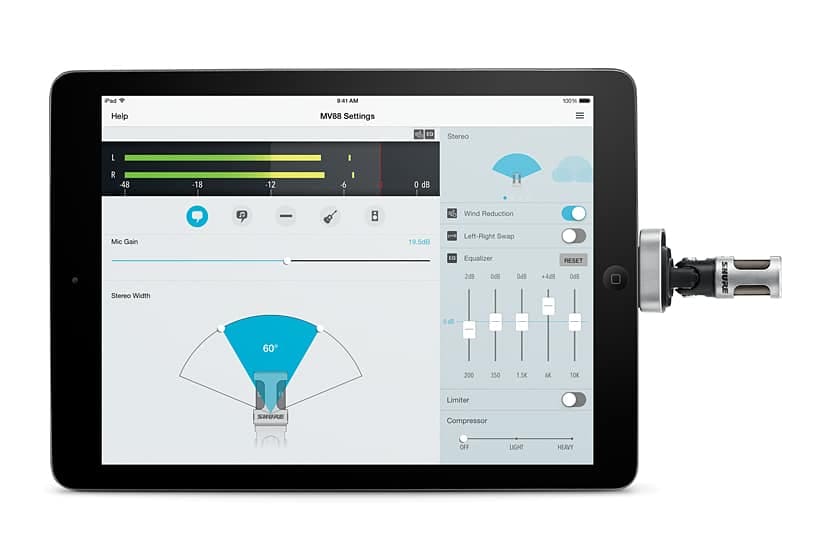words Alexa Wang
With the rise of digital education tools, learning Japanese has become increasingly accessible and tailored to individual learner needs. Online lessons, especially those led by italki’s online Japanese teachers, offer a personalized learning experience that can adapt to a variety of learning styles. Whether you are an auditory learner who benefits from engaging in conversation, a visual learner who absorbs information through reading and writing, or a kinesthetic learner who retains knowledge through doing and moving, the digital space has options to suit you.
Online platforms harness a range of technological tools designed to enhance learning. From interactive software that responds to your pacing and proficiency, to video lessons that allow for real-time feedback, these resources make studying Japanese more dynamic and effective. The advantage of online learning extends to the flexibility it affords; you can arrange lessons at times that suit your schedule, revisiting material as often as needed to ensure mastery.
Key Takeaways
- Online Japanese courses offer personalized learning experiences.
- Technological tools enhance the engagement and effectiveness of online lessons.
- Flexibility and accessibility are key advantages of learning Japanese online.
Adapting to Learning Styles
In online Japanese lessons, catering to different learning styles is essential for effective comprehension and retention. Each strategy is tailored to optimize your study experience. This tailored approach makes learning not just more efficient, but also more enjoyable and suited to your individual needs.
Visual Learning Strategies
If you are a visual learner, you’ll benefit from lessons that incorporate charts, illustrations, and other visual aids to explain sentence structure and kanji. Online platforms often feature interactive flashcards and graphs that visually represent the relationships between words, making it easier for you to grasp the complexities of Japanese grammar.
Auditory Learning Techniques
For auditory learners, listening to the pronunciation of words and intonation in sentences is crucial. Online courses offer a variety of audio resources such as podcasts, recorded dialogues, and pronunciation practice sessions. Engaging in language exchange with native speakers can also significantly enhance your listening and speaking skills.
Kinesthetic Approaches
Kinesthetic learners thrive by doing. Online lessons that include writing kanji characters, practicing calligraphy, or engaging in role-playing games can facilitate your learning process. Incorporating physical movement, such as gesture-based learning where you act out words as you learn them, can help make the abstract elements of language learning concrete.
Technological Tools in Online Japanese Learning
When diving into online Japanese learning, you benefit from a variety of technological tools designed to cater to different learning styles. Each tool leverages modern technology to make the process interactive, visually engaging, and fun.
Interactive Software
Interactive software platforms offer comprehensive self-study environments. You gain access to exercises that improve your reading, writing, speaking, and listening skills. These platforms can adapt to your performance, providing tailored learning experiences that suit your proficiency level.
Video Content Utilization
Video content allows you to hear Japanese as it’s naturally spoken and provides visual context that aids comprehension. Most of websites deliver lessons where you can watch native speakers use the language in various scenarios, from casual conversations to business dialogues. Captions and notes often accompany these videos to support your learning.
Gamification for Engagement
Gamification transforms the learning process into an enjoyable experience. A lot of apps incorporate game-like elements—a technique that rewards progress and motivates you through immediate feedback and achievements. Whether you’re mastering kanji or practicing grammar, gamified apps make consistency in learning Japanese both rewarding and compelling.
Conclusion
Online Japanese courses provide a variety of pedagogical approaches that correspond to distinct learning styles, enabling you to select a path that aligns with your personal preferences and learning objectives. Whether you find success through visual aids, benefit from real-world audio interactions, require the hands-on experience of tactile or kinesthetic activities, or prefer a structured textual environment for language acquisition, there’s a course tailored for you. Online learning platforms cater to varied interests and skill levels. The flexibility of online learning also means that no matter where you are, you can advance your skills at your pace and convenience. Your journey to fluency is supported by resources designed to adapt to and evolve with your evolving competencies and learning style shifts.










